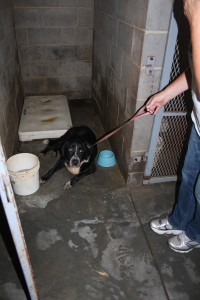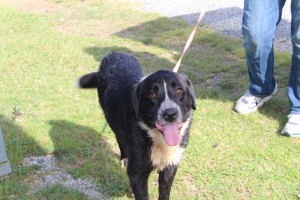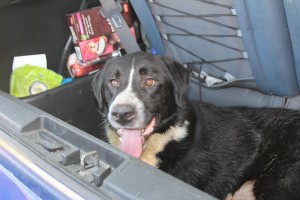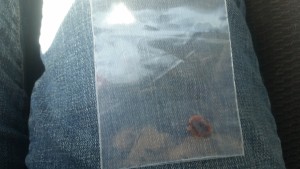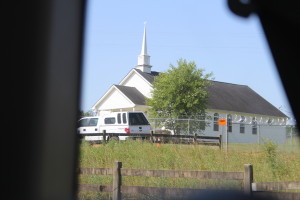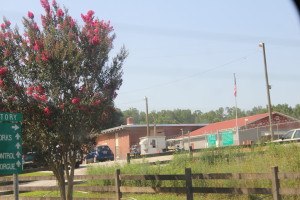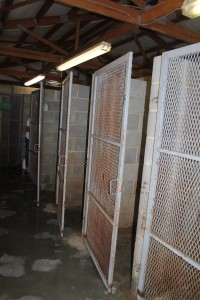I believe in rescue. When boiled down to its very essence, it is a simple act of kindness, the taking of a dog from a shelter, where he or she would face euthanasia, or an abusive or neglectful situation and providing that dog with a second chance.
Dog rescue takes many forms, from the simple to the complex; from the individual or family that walks into a shelter to adopt an animal; to the charitable organization that takes dogs en mass from shelters, transporting them to other areas and adopting them to loving homes; to the law enforcement entities that raid puppy mills and dog fighting rings.
I first found dog rescue amid tragedy. My beloved dog, Siska, had a stroke and died unexpectedly. She was only six years old. I had two dogs at the time and my remaining dog, Sianne, was grieving the loss of her friend. Sianne would search the home looking for her friend who had passed on. It was heartbreaking. I was devastated for myself and for Sianne.
Although I did not believe that I was ready to adopt another dog, I thought that it might help Sianne if I had another dog in the home. So instead of looking for a dog to adopt, I investigated fostering a dog. I thought fostering, caring for a dog temporarily until a forever home is found, would allow both me and Sianne to heal until we were both ready for a new family member. I applied to foster a fluffy Great Pyrenees puppy. The rescue organization checked my references, interviewed me and did a home check, to make sure I was a suitable candidate for fostering. Sianne and I were approved to foster and immediately “failed.” I adopted her and she became Athena, a permanent member of the family.
Though I was no longer fostering, I sought other ways to help, partly out of guilt for my “foster failure” but also because I was drawn to the mission – saving dogs from shelters and other difficult situations and providing them with second chance at life. What started out as a temporary measure to ease the pain of loss, became a life-long mission and passion. Seven years later, I am still involved in dog rescue. Although I firmly believe that Athena specifically and dog rescue in general rescued me; it was not until recently that I formed my true belief in the act of rescue.
Just last year, June came into my life and tested my belief in rescue. June was the product of a dog-fighting ring. Through the hard work of the state authorities and some other caring people involved in dog rescue, June was liberated from her life as a breeding dog. June had scars from being beaten with chains and had her teeth filed down so that she could not defend herself from her abusers or other dogs. She came into dog rescue, emotionally shut down and scared of everything. After ten months of training and thousands of dollars spent, a veterinary behaviorist informed me that while most dogs can be rehabilitated, June could not. After only one short year living in a dog-fighting ring, June had been so physically and emotionally abused that she could no longer form any attachments to dogs or humans and could not experience joy in life. I was advised that the most humane course of action would be to put her down and end her suffering.
I broke down. In rescue, you come to understand that every dog cannot be saved. There aren’t enough resources to take each and every dog out of the thousands of shelters around the country. And not every dog can be taken or saved from puppy mills or dog-fighting rings. But, once a dog is rescued, be it from a shelter or dog-fighting ring or puppy mill, there is an unspoken feeling or belief that with training, effort and love the dog can have a second chance at life and find a home with a loving family or at least find peace at a sanctuary. In that sense people believe that we can “save them all.” In fact many places use “save them all” as their slogan. I was devastated to think that this was not possible and I could not save June.
After some thought, I realized that I did save June and I did provide June with that second chance. Without rescue, June would still be cowering at the other end of the chain. Though rescue did not provide June with a chance at a life in a home, June was saved from the dog-fighting ring and did get a chance to have a dignified end. Rescue provided June with that end. In rescue, “save them all,” as a concept, is more than a home or a spot at a sanctuary. Sometimes “saving” a dog is providing dignity and a peaceful end. And sometimes that has to be enough. I believe in rescue and that we can save them all.
